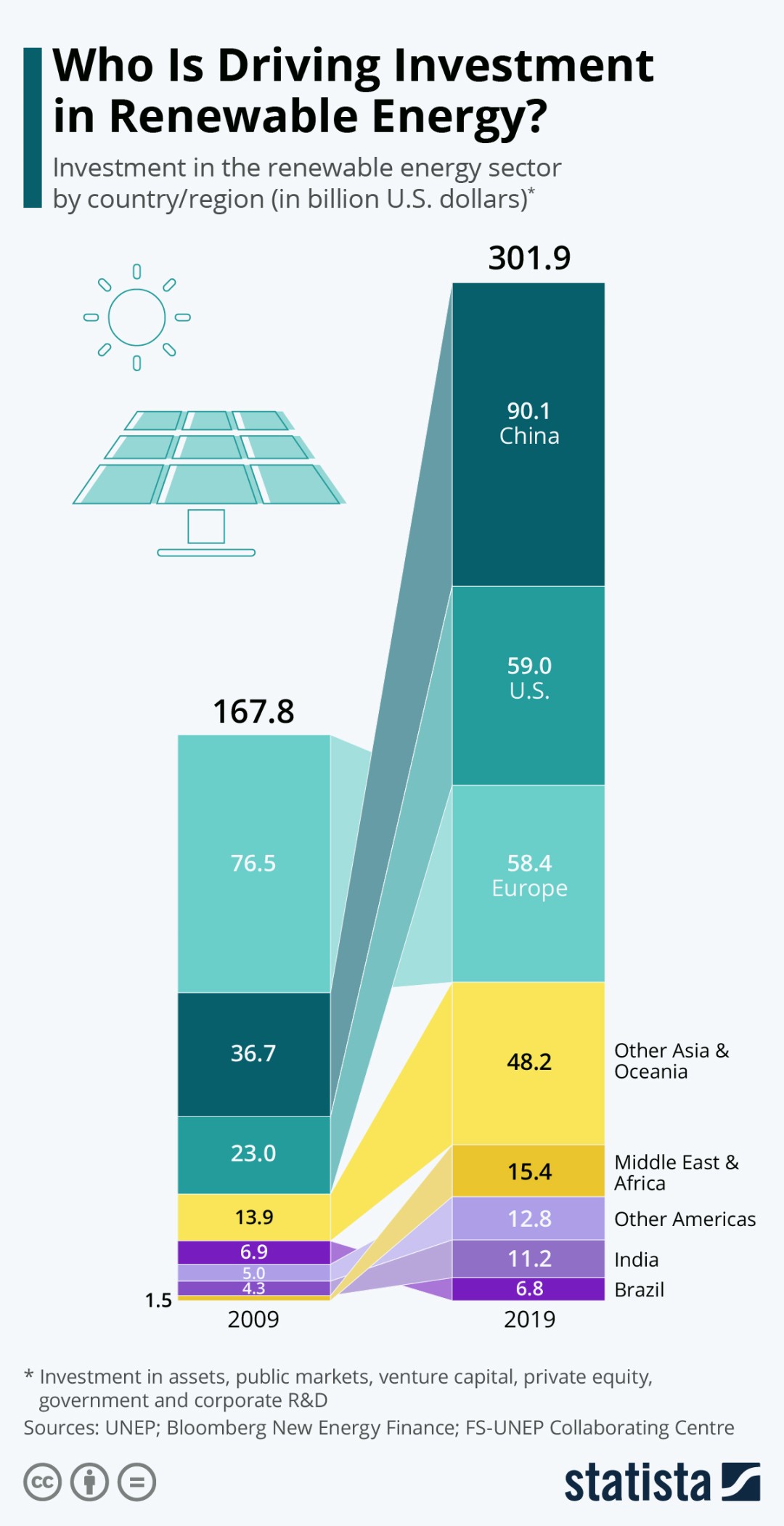Renewable Energy Investments: A Comprehensive Guide
Meta Description
Delve into the world of renewable energy investments and discover how to make a positive impact on the planet while generating sound financial returns.

Meta Keywords
Renewable energy, investment opportunities, clean energy, sustainable development, environmental impact, financial gains
Introduction

As the world grapples with the escalating climate crisis, the transition towards sustainable energy sources has become more imperative than ever. Renewable energy investments, encompassing a diverse range of technologies like solar, wind, geothermal, and hydropower, offer a compelling solution to address this global challenge while simultaneously unlocking a wealth of economic opportunities.
This comprehensive guide delves into the intricacies of renewable energy investments, equipping you with the knowledge and insights to make informed decisions and navigate this dynamic sector effectively.
Understanding Renewable Energy Investments
Renewable energy investments refer to the financing of projects that harness energy from renewable sources, such as solar, wind, geothermal, and hydropower. These investments play a pivotal role in driving the transition towards a sustainable energy future, mitigating the environmental repercussions of fossil fuel dependence.
Key Characteristics of Renewable Energy Investments
Renewable energy investments are characterized by several distinct features that set them apart from traditional energy investments:
1. Environmental Sustainability: Renewable energy sources produce electricity without emitting harmful greenhouse gases, contributing to a cleaner and healthier environment.
2. Reduced Carbon Footprint: By investing in renewable energy, individuals and institutions actively contribute to lowering global carbon emissions, combating climate change.
3. Diversification of Investment Portfolios: Renewable energy investments offer diversification benefits, reducing overall portfolio risk and potentially enhancing returns.
4. Long-Term Growth Potential: The renewable energy sector is poised for significant growth in the coming decades, driven by increasing global demand for clean energy.
5. Government Incentives and Support: Many governments worldwide offer attractive incentives and support schemes to encourage renewable energy investments.
Types of Renewable Energy Investments
The renewable energy investment landscape encompasses a diverse range of opportunities, each with its unique characteristics and risk profiles:
1. Solar Energy Investments: Solar energy investments involve financing the installation and operation of solar photovoltaic (PV) systems that convert sunlight into electricity.
2. Wind Energy Investments: Wind energy investments focus on financing wind turbines that harness the kinetic energy of wind to generate electricity.
3. Geothermal Energy Investments: Geothermal energy investments involve financing projects that extract heat from the Earth’s core to generate electricity or for direct heating applications.
4. Hydropower Investments: Hydropower investments finance the construction and operation of hydroelectric power plants that convert the energy of flowing water into electricity.
Benefits of Renewable Energy Investments
Renewable energy investments offer a multitude of benefits that extend beyond environmental sustainability:
1. Economic Benefits: Renewable energy projects create jobs, stimulate economic growth, and reduce energy costs in the long run.
2. Energy Security: Renewable energy sources provide a reliable and decentralized energy supply, enhancing energy security and independence.
3. Public Health Benefits: Reduced air pollution from renewable energy sources leads to improved public health and well-being.
4. Technological Advancements: Renewable energy investments drive innovation and technological advancements in clean energy solutions.
5. Social Responsibility: Investing in renewable energy demonstrates a commitment to social responsibility and environmental stewardship.
How to Invest in Renewable Energy
Several avenues exist for individuals and institutions to participate in renewable energy investments:
1. Direct Investment in Renewable Energy Projects: This involves directly financing the development and operation of renewable energy projects.
2. Purchasing Renewable Energy Credits (RECs): RECs represent the environmental attributes of renewable energy generation, allowing investors to support clean energy without directly owning a project.
3. Investing in Renewable Energy Companies: Investing in publicly traded or privately held renewable energy companies provides exposure to the growth of the sector.
4. Renewable Energy Mutual Funds and ETFs: These investment vehicles offer diversified exposure to a basket of renewable energy companies and projects.
5. Green Bonds: Green bonds are debt instruments issued by companies or governments to finance renewable energy projects.
Factors to Consider When Investing in Renewable Energy
Before venturing into renewable energy investments, carefully consider the following factors:
1. Project Viability: Evaluate the financial viability and potential returns of the renewable energy project or investment opportunity.
2. Technology Risk: Assess the technological risks associated with the specific renewable energy technology being employed.
3. Policy and Regulatory Landscape: Understand the relevant government policies, regulations, and incentives that impact renewable energy investments.
4. Market Dynamics: Analyze the market trends, supply and demand factors, and competition within the renewable energy sector.
5. Environmental Impact: Consider the potential environmental and social impacts of the renewable energy project or investment.
Due Diligence for Renewable Energy Investments
Conducting thorough due diligence is crucial for making informed investment decisions in the renewable energy sector:
1. Project Assessment: Scrutinize the project’s financial projections, technical specifications, and environmental



